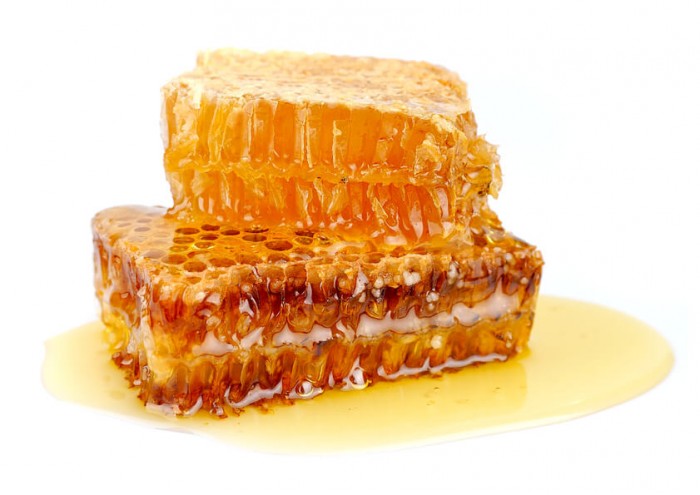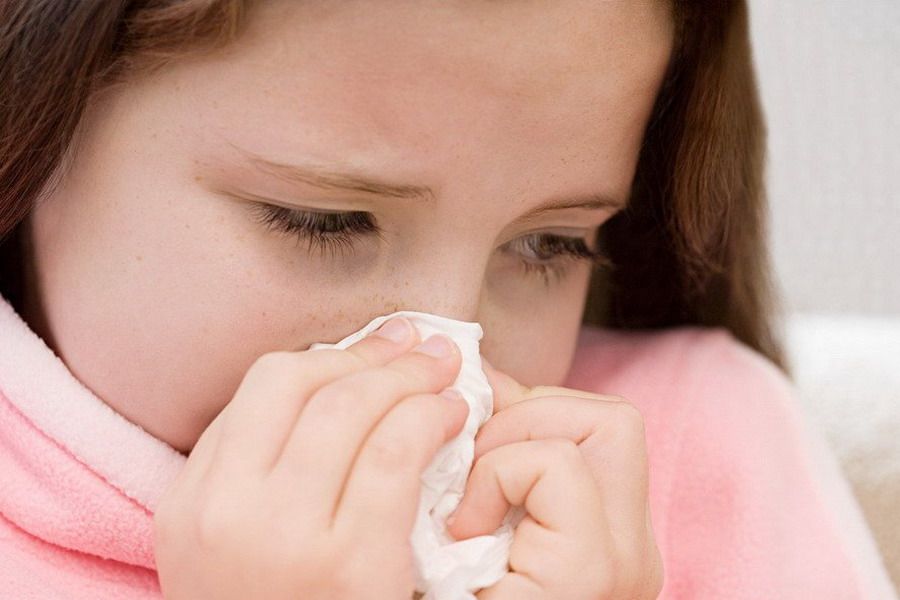
Статья поможет родителям вовремя распознать гайморит у ребенка и эффективно лечить эту болезнь.
The content of the article
- Причины гайморита у детей
- Симптомы, признаки и осложнения гайморита
- Остаточные явления после болезни
- Прокол при гайморите детям
- Чем лечить гайморит у ребенка в домашних условиях? Лечение гайморита антибиотиками: название
- Чем лечить двусторонний гайморит? Народное средство от гайморита детям
- Профилактика гайморита у детей
Взрослые распознают гайморит довольно легко: о воспалении верхнечелюстных пазух говорят длительная заложенность носа и выделения из него, местная и головная боли, повышенная температура тела и общее недомогание. Поэтому, как правило, лечение начинается вовремя.
У детей же все намного сложнее. Из-за слабого иммунитета обычный насморк перерастет в гайморит очень быстро, сам же ребенок не всегда может точно описать свое состояние. Родители должны понимать: от их осведомленности о симптомах болезни и способах ее лечения, наблюдательности и чуткости зависит скорость выздоровления малыша.
Причины гайморита у детей
Воспаление верхнечелюстных пазух, как самостоятельное заболевание, у детей встречается крайне редко. Обычно, оно является осложнением ОРВИ, гриппа, других инфекционных заболеваний дыхательных путей. И подобное осложнение в детском возрасте, согласно статистике ВОЗ, происходит чаще, чем во взрослом.
Можно выделить следующие причины гайморита у детей:
- Вирусы и бактерии. Часто гайморит имеет смешанную этиологию, вирусную и бактериальную одновременно. Развивается болезнь примерно так. Дошкольник и школьник находится в группе риска ОРВИ и прочих вирусных заболеваний: в силу возраста его иммунная система не до конца сформирована, но при этом в садике и школе он постоянно обменивается микрофлорой с другими детьми. Если подхваченная им вирусная инфекция становится причиной ринит (насморка), и этот насморк не лечиться должным образом, очень скоро он перерастает в гайморит, при котором довольно часто происходит вторичное бактериальное инфицирование
- Allergy. Today there are many allergic children. Similar to that genetics and bad ecology. One of the reactions to the impact of allergens, most often respiratory (inhaled) is inflammation of the hymicout sinuses. To fully cure the disease and prevent its recurrence, it is necessary to identify that it is exactly caused by a similar reaction, and to carry out hypostension to this irritant
- Activation of own microflora. The maxillary sinuses or nasal cavities in a child can be populated with patrogen microorganisms. When their titer is within the normal range, the kid is healthy. But it is worth his immune system to give a failure, bacteria increase in quantity and cause inflammation. In this case, it is necessary to hand over bacteriological sowing from the nose and the language and the analysis of microflora sensitivity to antibiotics. Knowing what causes a sinusitis, it will be easier to be treated
- Adenoids. If adenoids in the child are inflamed and increase, it cannot fully breathe in the nose, the medium is favorable for the reproduction of pathogenic bacteria in the nasal cavities and
- Sick teeth. In extremely rare cases, children's sinusitis has an odontogenic origin, that is, caused by inflammation of the roots of the tooth of the upper jaw. Such a reason for the inflammation of the maxillary sinuses is found in children from 12 years, since only at this age the dental roots become more or less developed
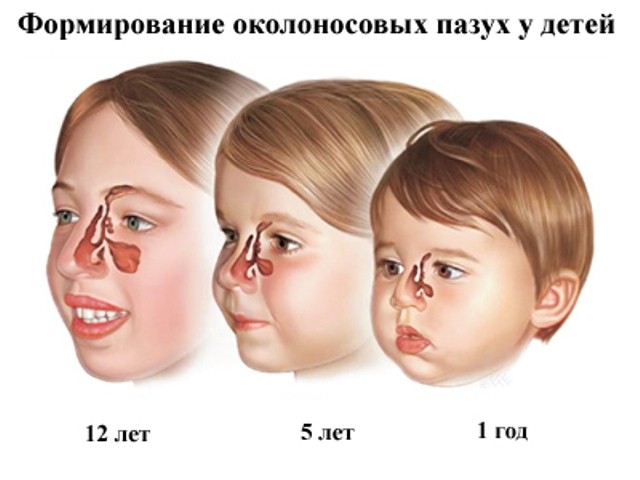
Gaymorov sinuses in children of different ages.
Important: Schimorite is usually diagnosed in children from three years. This disease of the kids of the first year of life and early childhood is extremely rarely sick because the sinuses are physiologically not developed.
Video: About the types of hymorita
Symptoms, signs and complications of hymorite
It makes it difficult to treat a child in a child that in its symptoms this disease is similar to ORVI, in which the baby is tormented by a runny nose.
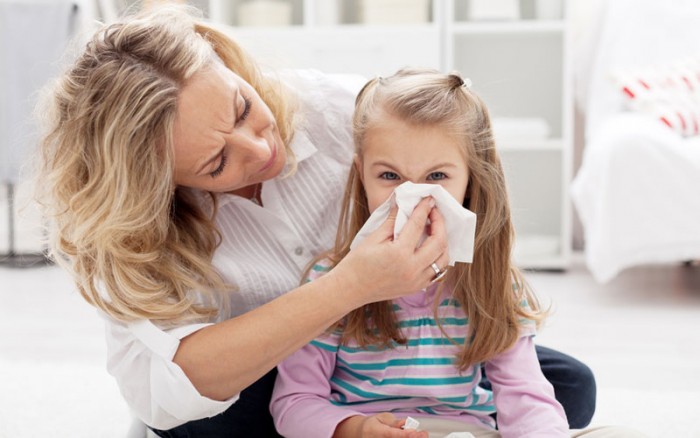
If the child has a runny norms for more than a week, it can be a symptom of sinusitis.
To beat the alarm and immediately call a doctor worth if parents noticed the following:
- Rinith (mucous discharge from the nose) continues for a week or more, despite the treatment undertaken. The baby is difficult to visor, as the mucus is thick. The color of the selection from the nose with a sinusite can be yellow, green, and sometimes brown, brown. There may be strengthening of blood in the discharge. An unpleasant specific smell of discharge is a sign that the child's sinusitis took a purulent form
- Нос ребенка заложен с обеих сторон. У детей, обычно, диагностируется двухсторонний гайморит, при котором носовое дыхание с обеих сторон затруднено или полностью отсутствует. И само воспаление гайморовых пазух, и длительное дыхание ртом могут привести к нехорошим последствиям
- Temperature increase. Если гайморит развивается у ребенка как следствие ОРВИ, на 4-7 день от появления первых симптомов болезни-причины может быть зафиксировано повышение температуры до 37,5 градусов и выше. Возможны два варианта развития событий: у малыша изначально не было температуры, и она поднялась из-за воспаления гайморовых синусов, либо же температура была, она нормализовалась, но подскочила вновь, опять же, из-за гайморита. Подобное повышение температуры может говорить о наличии вторичной бактериальной инфекции и необходимости в лечении антибактериальными препаратами
- Боли в области гайморовых пазух. Если ребенок уже умеет описывать свое состояние, он может пожаловаться на то, что область вокруг носа у него давит, пульсирует, распирает или жжет. Боль может отдавать в глаза. Родители малыша, который еще не говорит, могут сами выявить этот симптом. Если они нажмут на середины обоих щек (так называемые «собачьи ямки»), при гайморите такое нажатие будет болезненной, реакция малыша предсказуемая. Головная боль и общее недомогание. Ребенок с воспаленными верхнечелюстными пазухами может жаловаться на головную боль. Он вялый, раздражительный, сонливый. Играть или заниматься он не хочет. Также может произойти отказ от еды
- Заложенность ушей. У ребенка ЛОР-органы сообщены и расположены близко. Воспаление из гайморовых пазух имеет тенденцию распространяться на среднее ухо, провоцируя отит. Возникает необходимость лечения обеих болезней
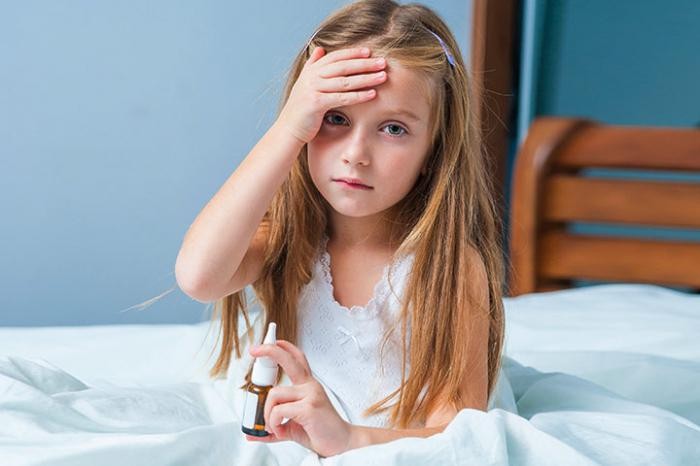
Головная боль — косвенный симптом гайморита у детей.
Ребенку с подозрением на гайморит назначают обследования:
- clinical blood test
- УЗИ гайморовых пазух
- бакпосев из носа
Лечения будет назначено, исходя из их результатов.
ВАЖНО: Не долеченный острый гайморит у детей может перерасти в гнойный или хронический, а также дать осложнения на ЛОР-органы и другие системы органов.
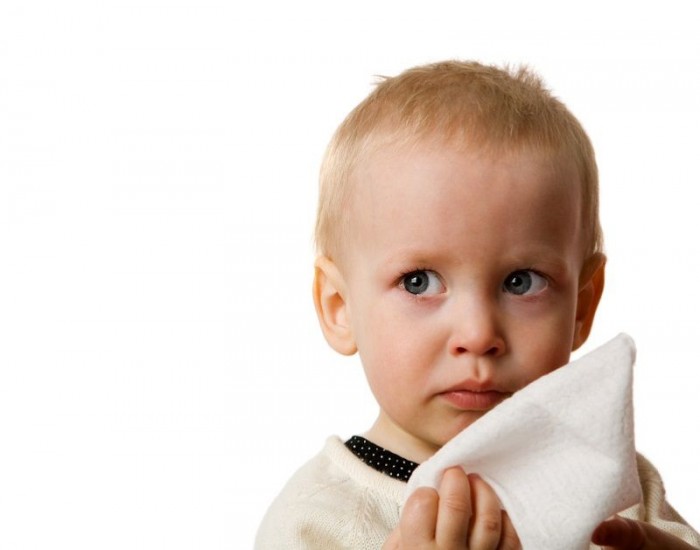
Осложнения гайморита у детей могу быть очень серьезными.
Наиболее частыми осложнениями воспаления гайморовых пазух у детей являются:
- Фронтит и прочие синуситы. Воспаление из верхнечелюстных пазух распространяется на другие околоносовые, чаще всего, на фронтальные
- Pharyngitis, tonsillitis, laryngitis. Inflammation from the nasal cavities and sinuses spreads to the throat, tonsils or larynx
- Tracheitis, bronchitis and pneumonia. Infection in the body of a child patient with sinusitis will burn to inflammation of the mucous membranes of the lower respiratory tract
- Otitis. Eustachian pipes, channels connecting the nasopharynx and middle ear, children have wide and short children. A few days or even hours are enough for bacteria from the maxillary sinus to penetrate the middle ear. Otitis media is a complex and dangerous disease, accompanied by headache, bastards and pain in the ears, ears congestion, hearing worsening up to loss, high temperature
- Eye inflammation. With purulent sinusitis, pathological exudate can penetrate the bone partition, causing acute conjunctivitis and even purulent abscess of the eyes. At the same time, the eyelids blush and swell, become painful. Pus can flow from the eyes. The child complains about the sensation of sand in the eyes
- Meningitis and encephalitis. The maxillary sinuses from the brain are separated only by the thin bone of the skull. If the infection from them spreads to the brain, the consequences will be sad. A child with suspected meningitis or encephalitis is immediately hospitalized, carefully examined, and if the diagnosis is confirmed, they will be treated with high doses of antibiotics and other strong drugs
- Inflammation in other organs and sepsis. Together with blood, bacteria from inflamed maxillary sinuses can vint through the entire body
Important: in order to prevent sinusitis complications, at the first suspicions of him, the child should consult a doctor and responsibly follow all his recommendations.
Residual phenomena after illness
Sinusitis is a serious ailment, after it a child is possible residual phenomena in the form:
- scanty discharge from the nose
- temperatures 37 - 37.2 degrees
- cough
Punch for sinusitis for children
The puncture of the paranasal sinus, or a puncture, is a procedure that leads fear on people. But with purulent sinusitis, when the pathological contents do not follow the bosom naturally, the puncture becomes necessary.
Important: children are punctured by sinus sinuses only in the most extreme case, if all the advanced conservative methods of treating this disease have not had an effect.
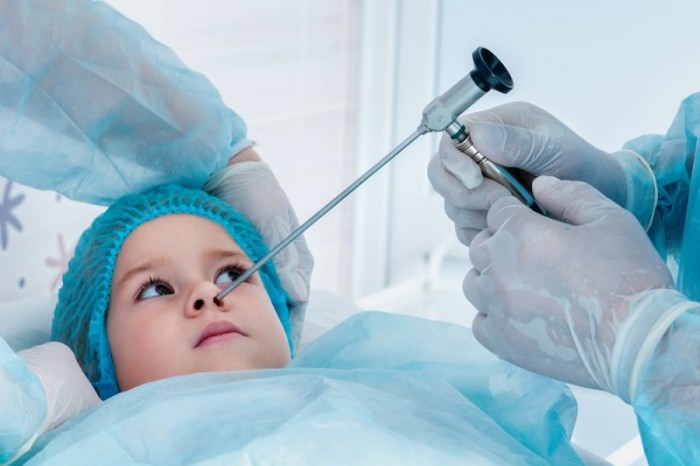
The puncture for sinusitis is done in the most extreme case.
The readings for the puncture are:
- confirmation of the purulent form of the disease
- inefficiency of conservative treatment
- temperature 39 degrees and above, which lasts more than three days
- the inability to get off
- spicy sinuses
- high risk of complications
The procedure is equal to the surgical operation and is carried out as follows:
- the doctor enters the nose of the child's tampon, moistened in medicine - anesthetic
- a long needle introduced through the middle or bottom nose, the doctor pierces the sinus
- out of the sinuses
- the sinus is washed with antiseptic solution
- in the sinus laid medicine
IMPORTANT: No need to be afraid that during the puncture, the child will hurt. Modern medicine allows this procedure painlessly.
The puncture is effective, after it did not arise complications, it is necessary to obey the doctor and strictly fulfill all its recommendations.
What to treat sinusitis in the child at home? Antibiotic hymanitis treatment: name
If the condition of the patient sick by a laimor of the child is mediterraney, it is treated at home. He was prescribed by complex therapy, which includes drugs of various directions:
- antibiotics
- anti-inflammatory means
- symptomatic drugs
- immunostimulators
In the treatment of hymorite in children, physiotes also occupy an important place.
Accept antibiotics During the sinus, you need to be mandatory. Parents are very afraid of these strong drugs. But the risk of complications of inflammation of the skimorovy sinuses is much more than harm from drugs. As a rule, grabs a five-day course so that the disease retreated.
Assign a wide range of action from different groups:
- Penicillin - Augmentin, Ospamex or Amoxyl
- Macrolids - Azitrosan, Sumamed
- Cephalosporins - Supraks.
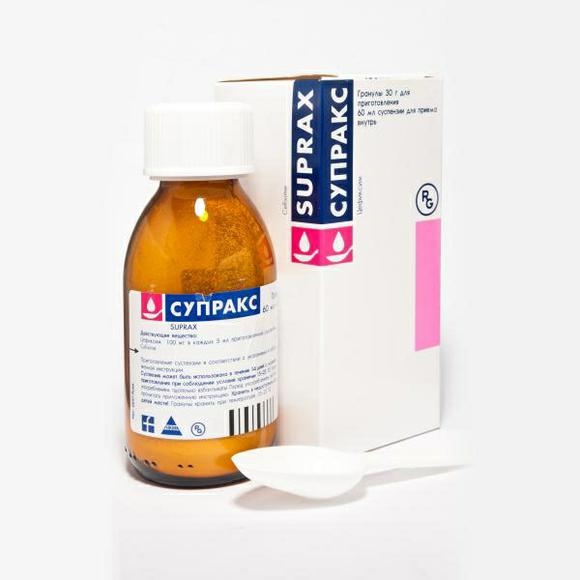
Antibiotics hymanitis treatment: Supraks.
For kids under 14, they are given in the form of a syrup or suspension, over 14 years old - in tablets. The dosage and duration of the course of treatment determines the doctor.
IMPORTANT: Modern antibiotics for children are minimal damage to the intestine microflore, but in parallel with them they recommend taking prebiotics, for example, Linex
Antibiotics with hymorite in children can also be used locally - in the form of sprays and aerosols in the nose. Very effective in the fight against this disease isofra and bioparox.
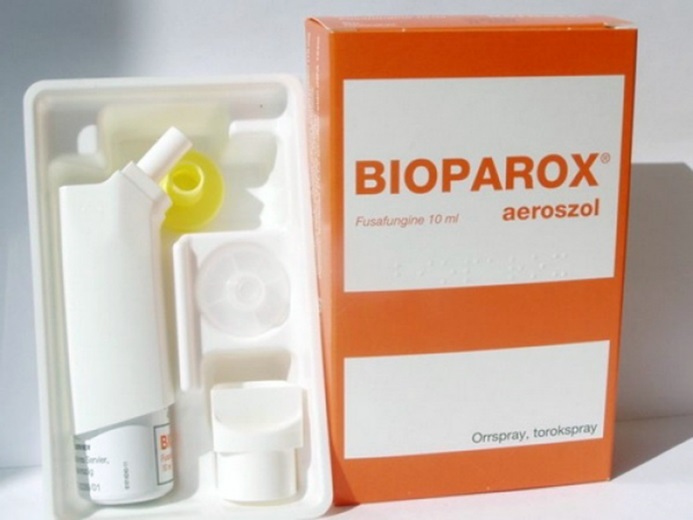
Treatment of hyimoritis antibiotics: bioparox.
From temperatureIf it is above 38.5 degrees, the child is prescribed antipyrtic drugs, such as children's nooofen, parasitomol, efferralgangan or piiron in syrup, suspensions and rectal suppositories (candles). In the case of a strong heat, it is recommended to introduce intramuscularly analgin with Dimedarol.
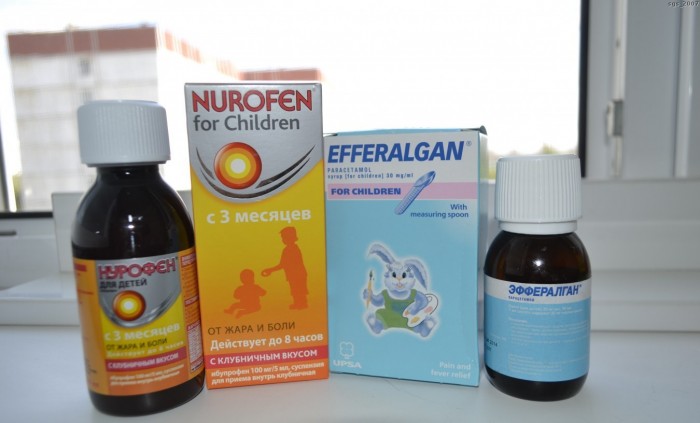
Nurofen and Efferoralgan for children with a hyamorite with a temperature.
So that the nose "breathing", the child with inflammation of the hymicout sinuses will be prescribed drops possessing a vasoconductive effect - Naphtizin, Job Jubi, Sanorin, Pinosol, Others.
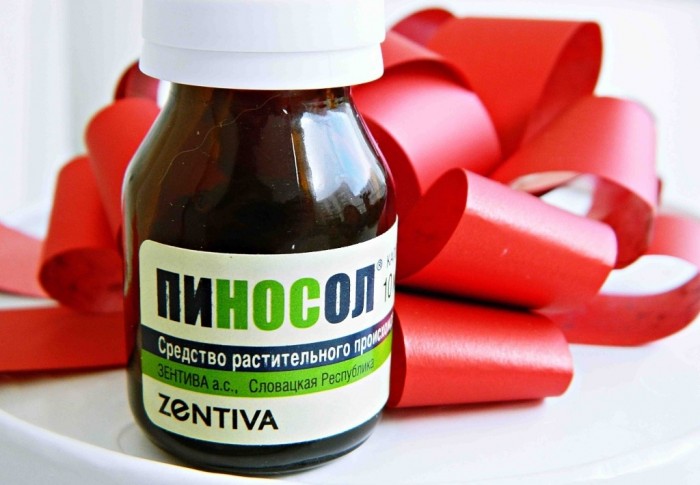
Pinosol - vasoconductive oil droplets.
- To remove the swelling of the mucous membrane of the nose and the sinuses, it is necessary to give the baby an antihistamine drug - Eden, Supratin, L-Tzet, other
During the period of illness to stimulate the immunity, the child is prescribed to it, other similar preparations, ascorbic acid and other vitamins - Physiosocations Children with hyimorite can be done in the clinic and at home. If there is a nebulizer, through it you can breathe an antiseptic decasan, amino-caproic acid or ordinary sodium chloride
- Through a steam inhaler or, in an old manner, over a basin, the child is recommended to breathe herbs champs, propolis, essential oils (exclusively if the child is not allergy). In the clinic, the child will make UHF, ultrasound or electrophoresis
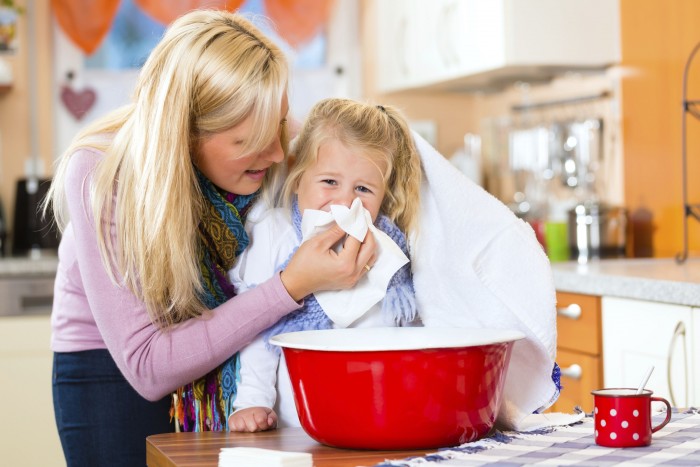
When hyamorite in children, steam inhalations are effective.
How to treat bilateral sneaks? People's remedy for hymorite children
Folk remedies In the treatment of inflammation of the hymic melor, children are widely used, but only in parallel with traditional. Parents should take note:
- If the baby has increased temperatures, you can wipe it with warm water, give tea with lime, viburnum or lemon juice,
- When sneaming, be sure to wash the nose to the child. To do this, you can use sea water (Aquamaris preparation, for example) or prepare a folk remedy - grass broth
RECIPE: Chamomile and calendula for washing the nose
Need: Chamomile flowers and calendula - 1 tbsp. spoon, water - 0, 25 l
Flowers are poured with boiling water and insist until the drug cools to room temperature. Wash the nose from the syringe or special chairs.
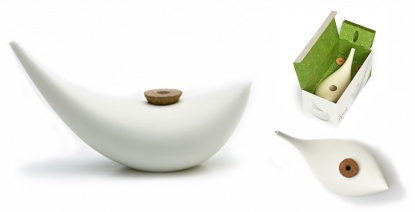
Chairs for washing the nose.
- Folk remedies can also be used to remove inflammation and kill pathogenic bacteria in the incompass sinuses of the child RECIPE: Turundas with propolis
It is necessary: \u200b\u200bchopped propolis - 20 g, butter - 10 g, sunflower oil - 50 ml.
Creamy oil is melted on a water bath, mixed with propolis and sunflower oil. In the mixture impregnate cotton swabs. Tourunds are inserted into the nose of a child for 5 minutes 2 times a day for 3-5 days.
Propolis from Schimorite.
- Grandmothers advise to warm up the inflamed gaymorkas sinuses eggs. It is really effectively, but permissible only if the sinusitis is not purulent, and the child has no temperature
- The nose of a child with a hymorite can also be burned with a mixture of onion juice and honey (0.5 hours of juice on 2 tbsp. Spoons of honey), beet and carrot juice, breeded in vegetable oil essential oils
Video: Spring treatment in children
Hymorite prevention in children
Prevention of inflammation of the hymorous sinuses in children includes:
- strengthening immunity by drugs, vitamins, folk remedies
- hardening
- physical education classes
- timely nasopharynx and teeth
- timely treatment of rhinitis, ORVI, other viral and bacterial infections
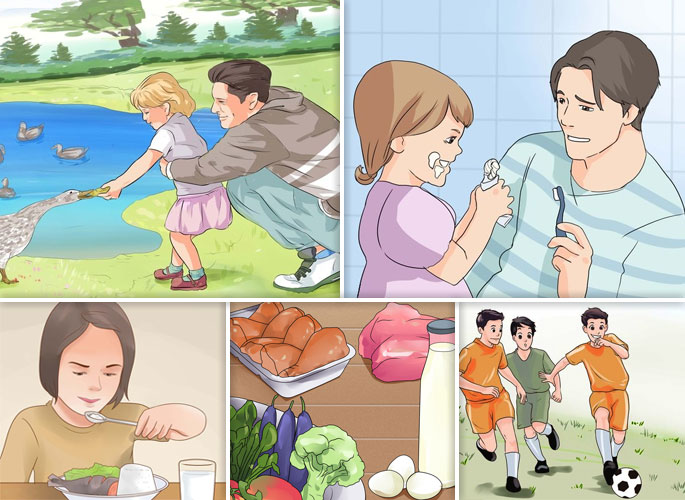
Prevention of hymorite in children.

